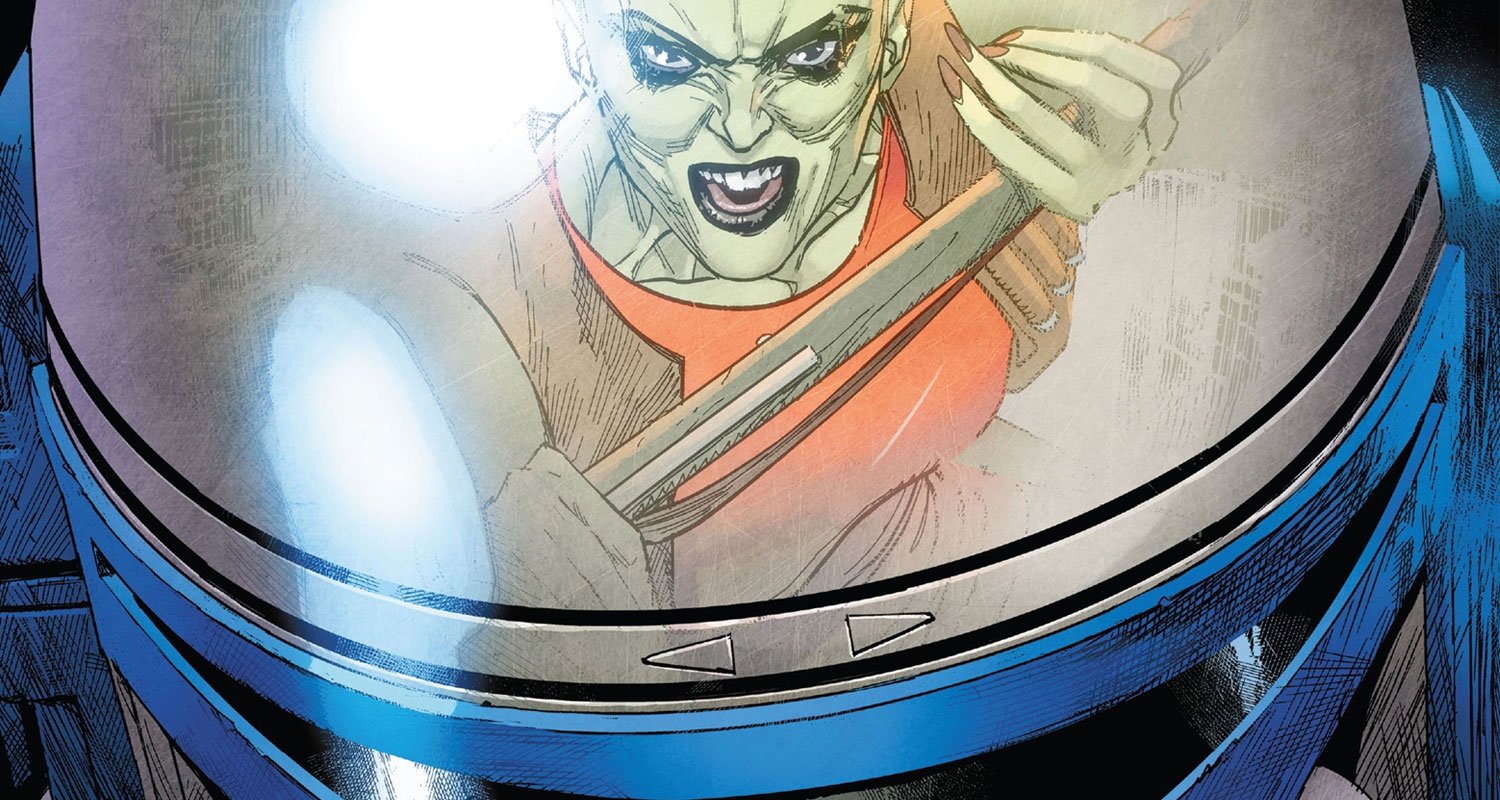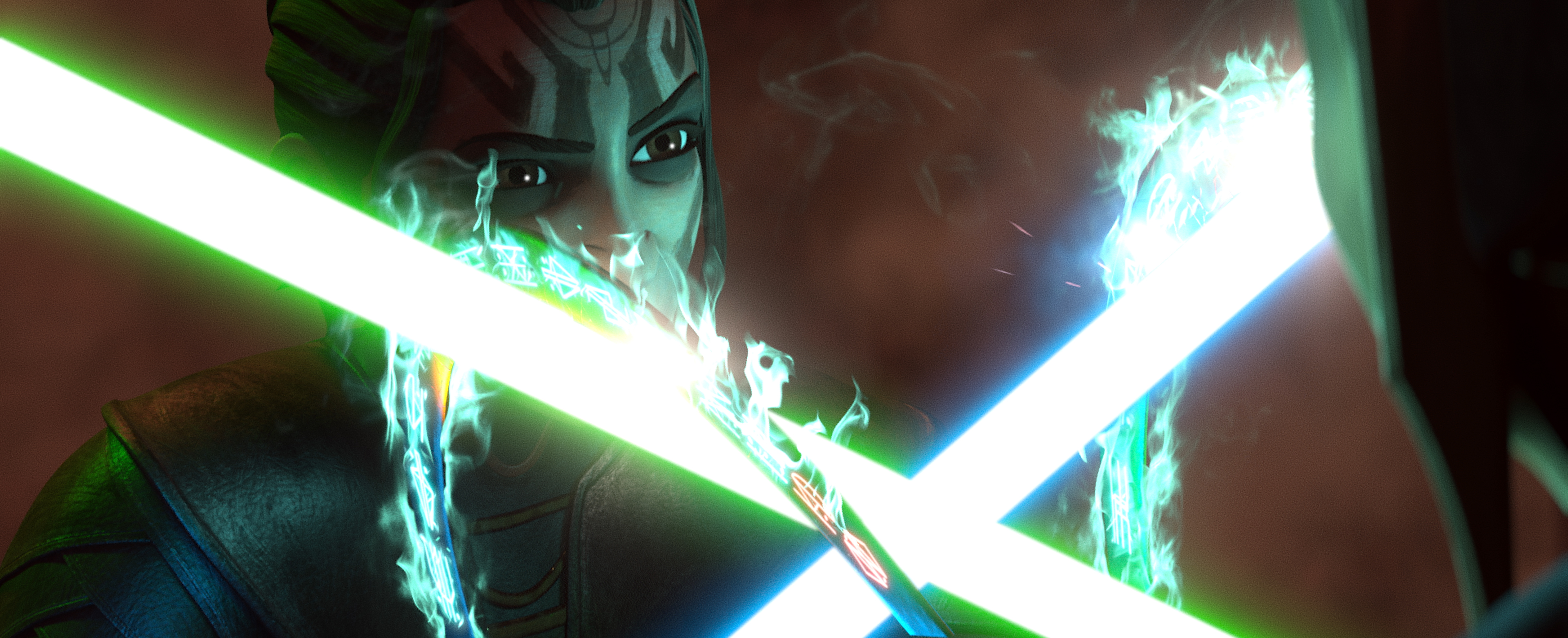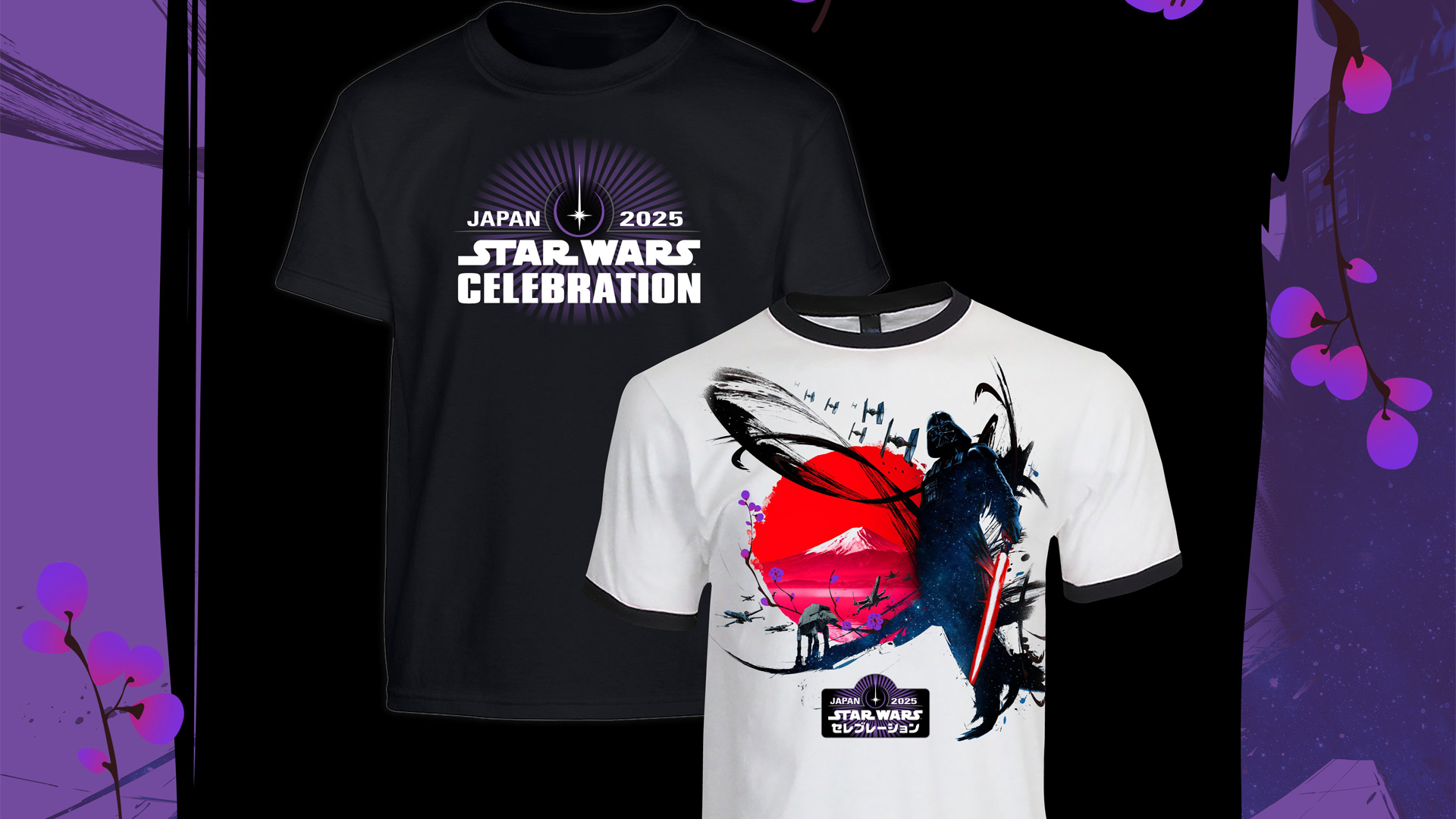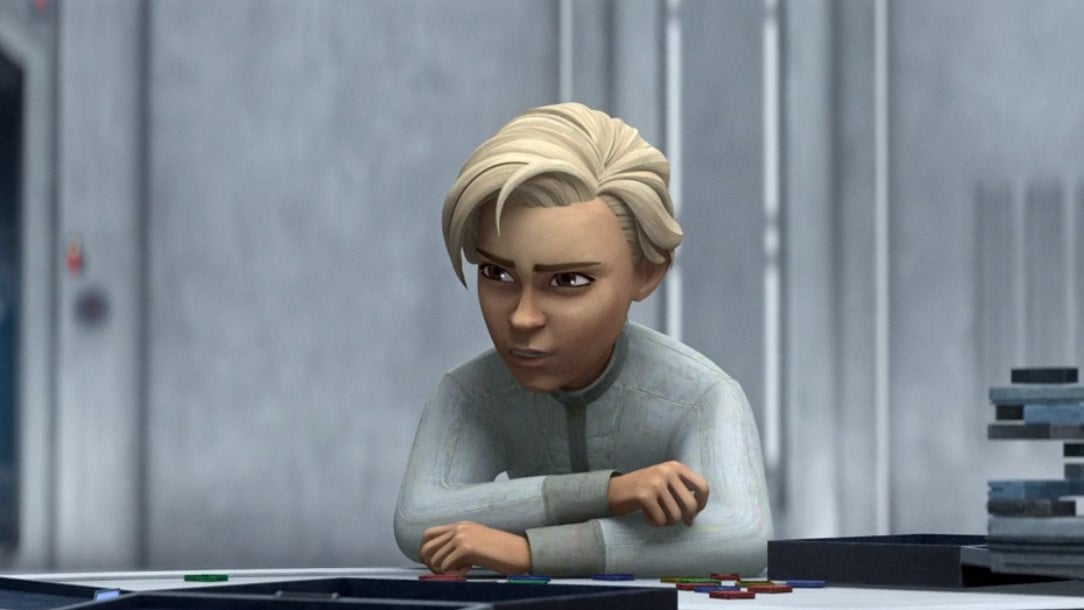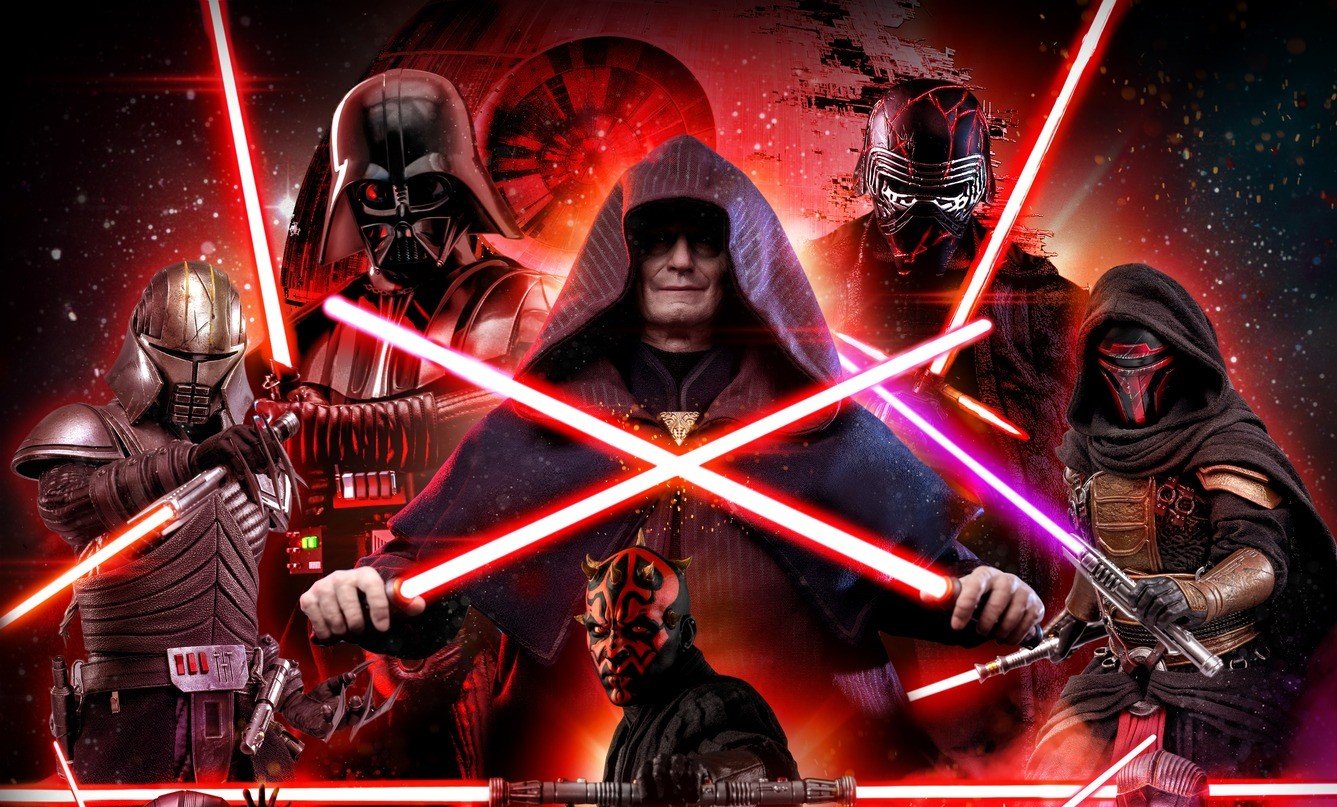Editorial: DC Universe Harley Quinn Is The Best Harley
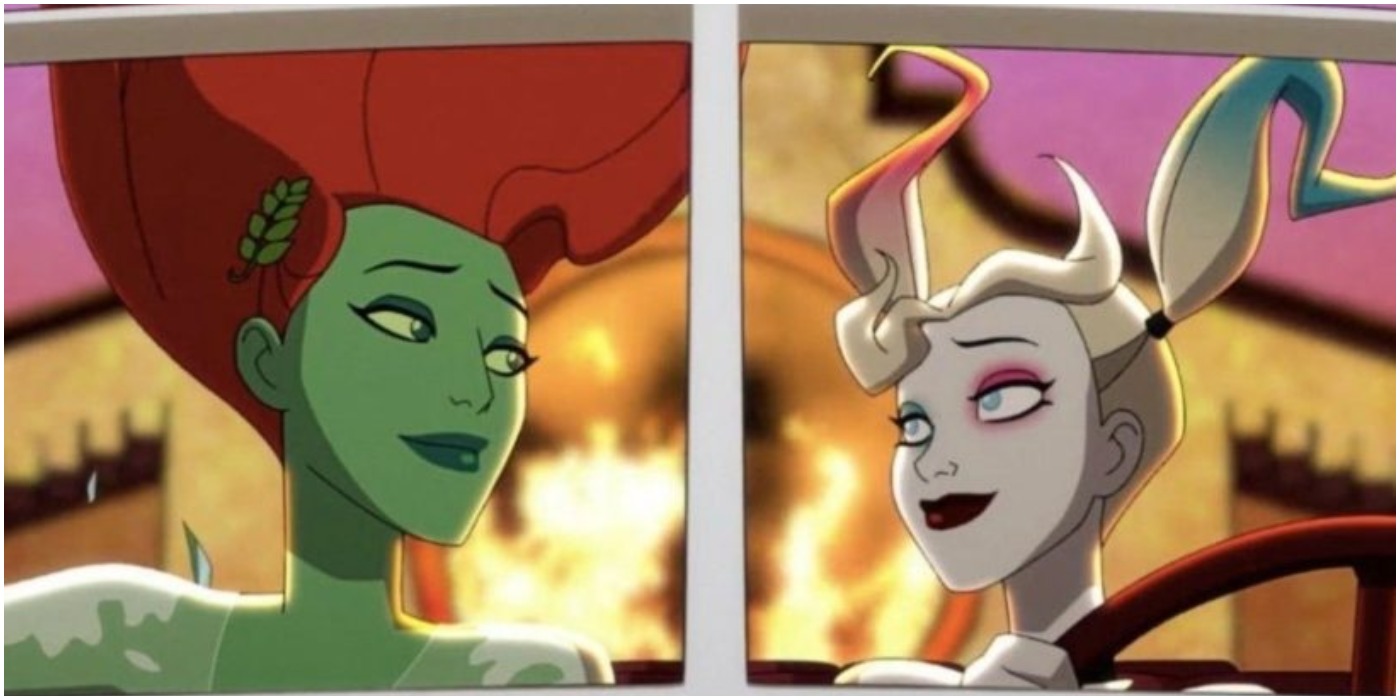
An inherent tension exists between being a franchise character and the narrative demands of the stories they inhabit. Batman never really changes. The Joker doesn’t. Harley Quinn changes in the DC Universe animated series bearing her name, and in doing so, becomes the best version of herself to date.
Spoilers ahead for Harley Quinn seasons 1 and 2
Harley Quinn may actually represent something much more significant for comic book fans than just a fun show with a character with a real arc. The show crystallizes something about Harley that has been restrained since the beginning, but now finally free: she’s not a static character.
Narrative requires something to happen; it requires change. Comic book franchises, and their screen adaptations, require stasis. Of course, Iron Man goes on a huge change arc across his story in the MCU. But someday, there will be another Iron Man. And he’ll start over from square one.
The same is true of Captain America, Batman, Spider-Man, all the great characters we love and fans keep wanting to see. Every reboot on page and screen hits replay for a new audience or a tired one, and all the progress of those characters is lost, at least for the purposes of continuity.
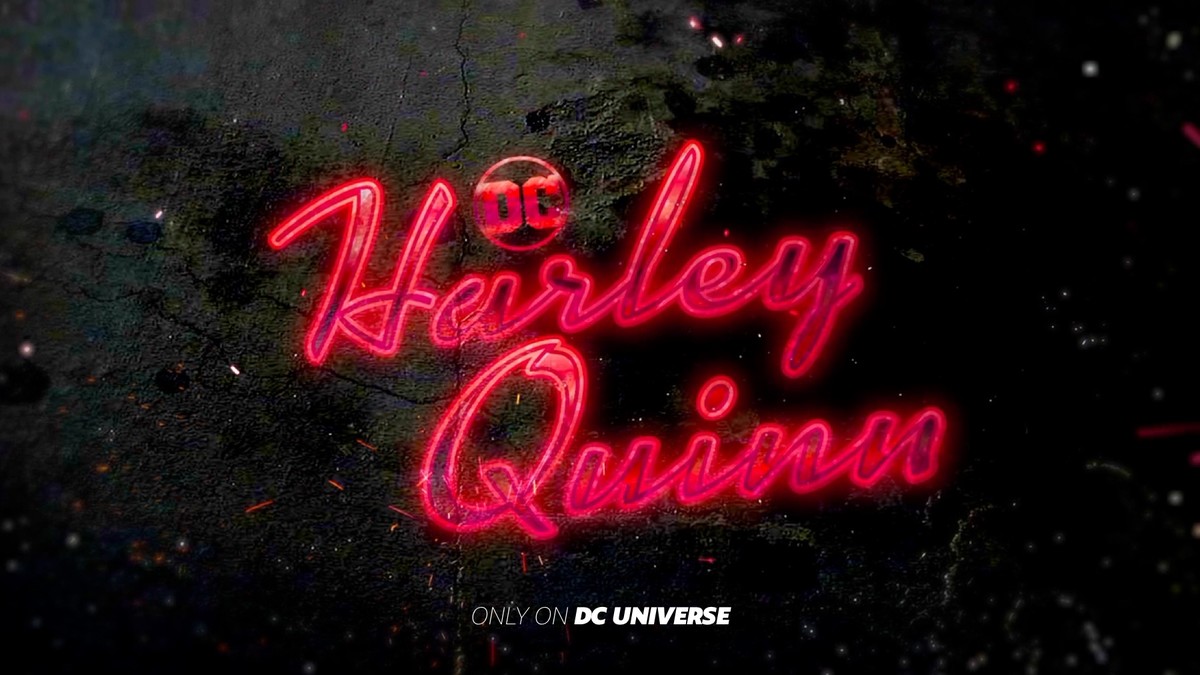
Harley Quinn is not a character who will easily fit back inside the box she came out of. In fact, going back in would do her a tremendous disservice. The Harley Quinn of the animated series finally takes the character out of the shadow of the Joker and reveals a real human being capable of dramatic change.
Harley is one of the great success stories of modern comic books. Introduced as essentially a one-off character in the iconic Batman: The Animated Series, the silly but scary violent sidekick to the Joker struck the same nerve her boss did and she became a fan favorite.
She migrated to the comics and began a long, slow process of becoming her own person away from the maniacal crimes of her lover and boss. The decision to separate the two – and acknowledge Harley’s inherent humanity – would set the foundation for one of the most important change arcs in modern comics, and one of the most necessary.
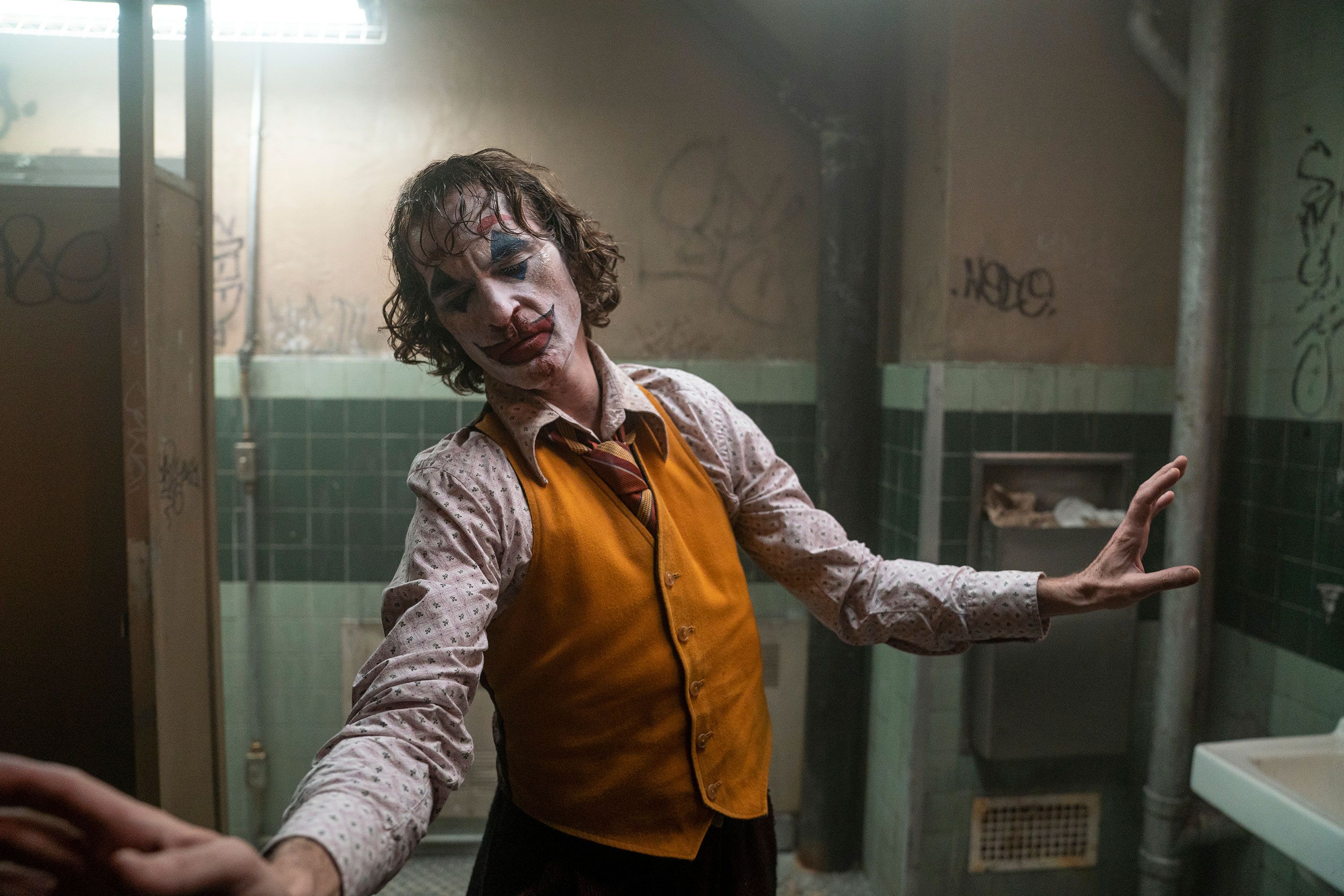
Joker held the classic villain up as a victim. In some ways, putting the Todd Phillips film aside, the character’s abiding principle is that there is no reason for his behavior. Batman is utterly and completely defined by the violence of his origin. The Joker has none. He just is.
Harley Quinn is a victim. She’s a victim of misogyny, violence, and a systemic attack on her self-worth. Though the comic books ditched her iconic jester’s costume for one designed completely for the male gaze, they also began to treat her like a person worth more than the Joker’s cycle of abuse.
This starts in many ways with her friendship with Poison Ivy. The relationship between Harley and Ivy is the cornerstone of the new animated series, but its roots go back to Batman: The Animated Series. There, and in later cartoons and comics, the misanthropic Ivy discovers Harley’s authentic humanity.
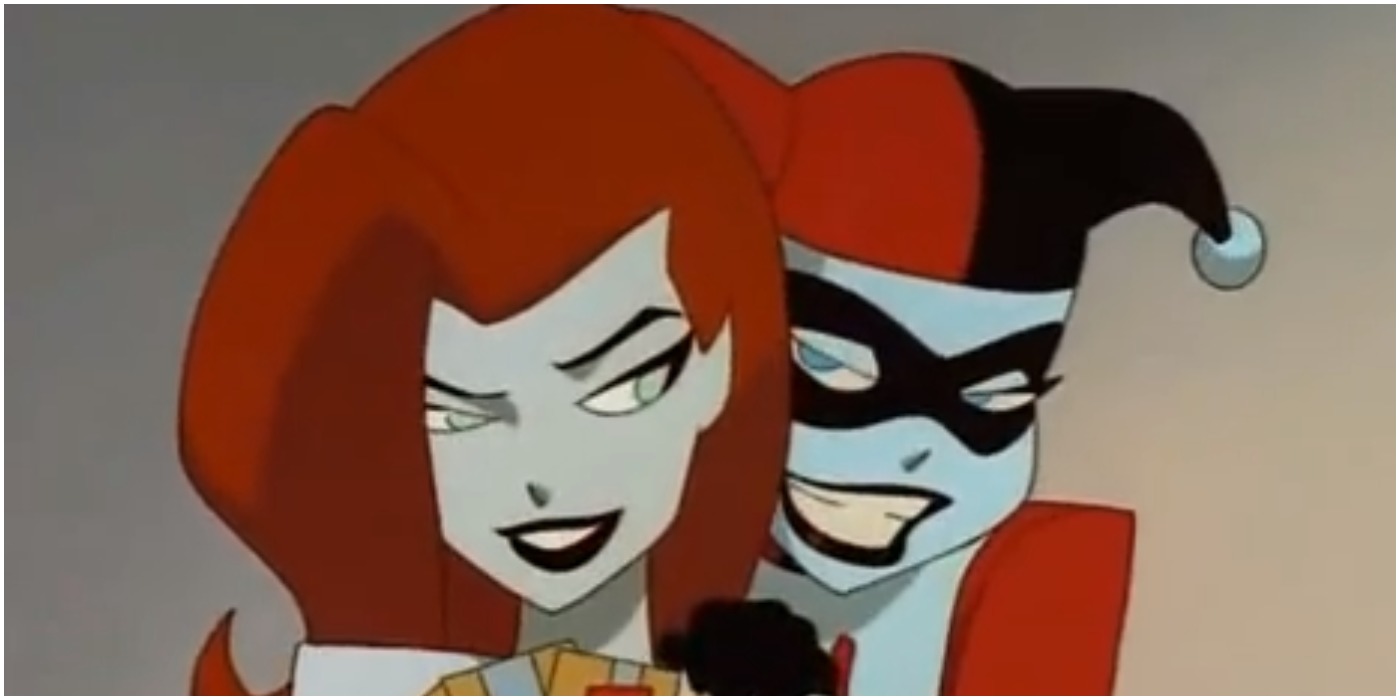
She encourages Harley to get out of the toxic relationship with the Joker, and in the process, helps salvage both characters from being accessories, girlfriends, and the same static figures all comic book characters eventually become. The growth that Ivy sees in Harley releases her from some of her own unconscious trappings, and the two begin a fitful romance.
It’s this liberation of self that makes the two such a joy on the animated series, and Harley such an amazing character. Harley begins the series by being who she traditionally is – the Joker’s sidekick. But she discovers how irrelevant she is, and how little value her feelings for him have.
She sets about proving herself to him and the world by beginning a campaign of violence and terror that has truly cosmic scope, ending up on Apokolips and leaving Gotham in ruins. But none of it scratches that itch. By the end of the first season, Harley no longer fits inside her box.
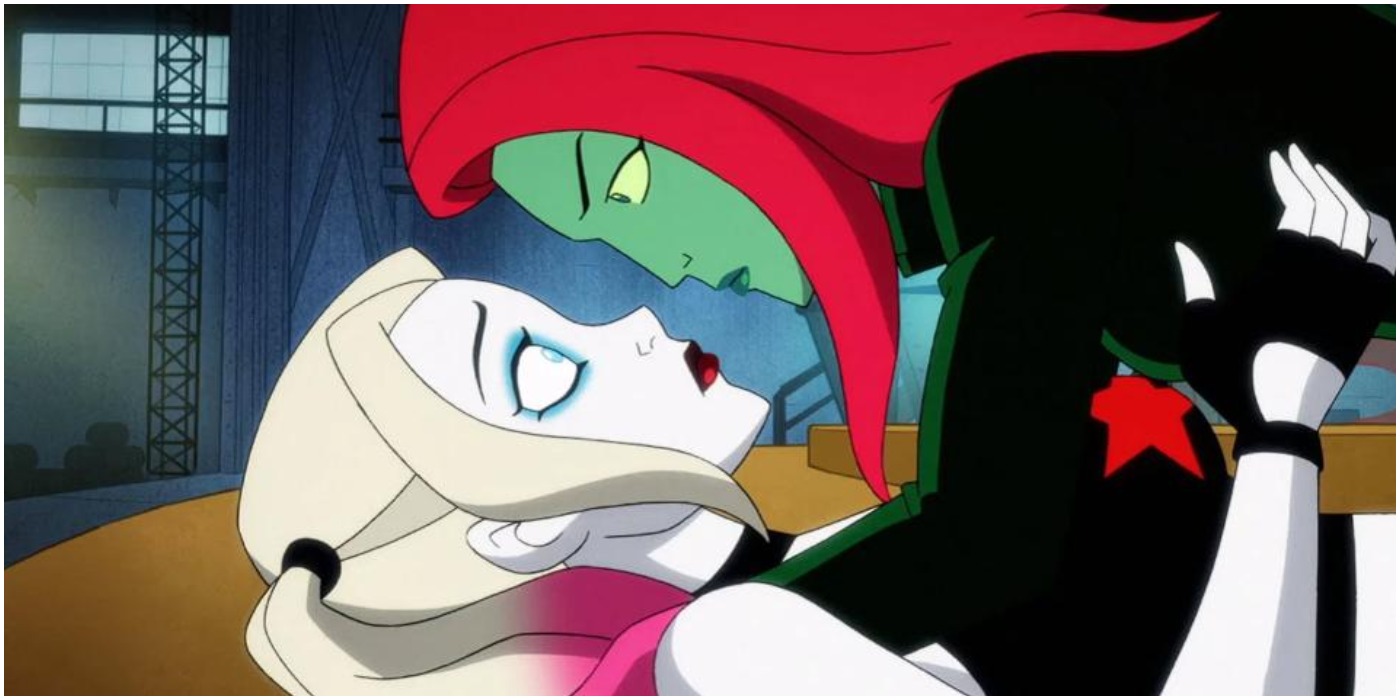
In the just-finished second season, Harley realizes her true feelings for Ivy. They kiss, to the delight of Harley-Ivy shippers around the world, and then they do a lot more. A lot more. Ivy resists, stuck in preconceived notions about her life and sexuality, and this is where Harley truly grows: she respects Ivy’s struggle, and does everything in her power to give her the space she needs.
This being an R-rated comic book show with more villains than lines of dialogue, Harley’s power is truly limited. But she tries and fails on the merits. She sheds the skin of who she was, and in the process, shows Ivy that change and growth are possible in people, not just plants.
Harley Quinn’s ability to inspire self-recognition in others is a superpower no one could have imagined her having in 1991. And she does more than bring Ivy out of her shell. She provides an opening for fans, too. Some fans, women and men both, may recognize themselves in Harley. They may recognize their relationships in the dysfunction of Harley and the Joker. They may recognize their sexuality.
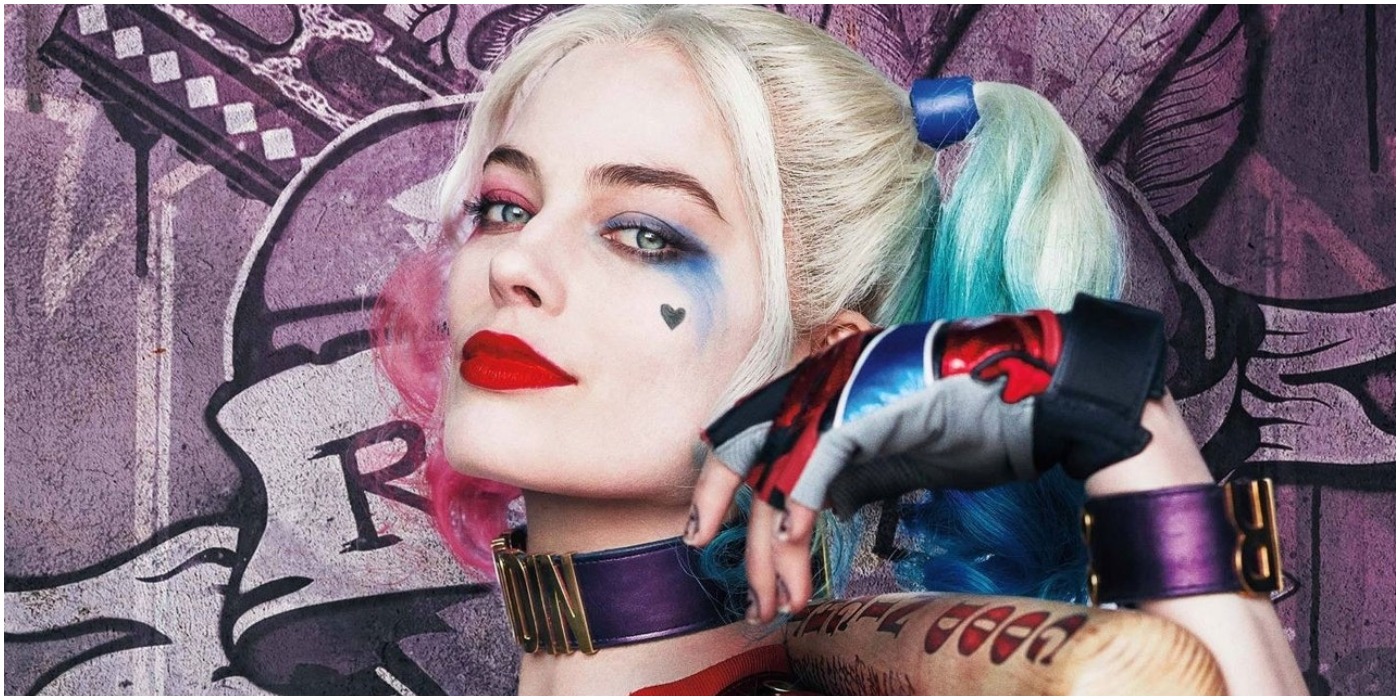
Harley Quinn never exactly acknowledges her sexual identity in the animated series. It’s plain enough she likes people in general, but it’s not necessary she explains herself. She doesn’t need to perform, as she did for the Joker, and she doesn’t need to understand, at least, all at once.
Her sexuality isn’t who she is, even if she helps others to see themselves for who they are. Her zany, madcap persona in the show is peeled back, to the point she underlines how much of a performance her relationship with the Joker – and her former identity – was. When she puts on her best Arleen Sorkin voice to say ‘Puddin”, you hear how false it rings and realize how far she’s come.
Her journey in this animated series is a perfect distillation of her larger, messier, less obvious arc in the comics and in her recent DCEU film appearances. Harley Quinn is a work in progress, figuring out who she is as she goes, and inspiring others to do the same.
Unlike her comic book peers, there is no going back for her.
Darby Harn is a contributor for Screenrant, CBR.com, Star Wars News Net, and Movie News Net. He is the author of the sci-fi superhero novel EVER THE HERO. His short fiction appears in Strange Horizons, Interzone, Shimmer, and other venues.



